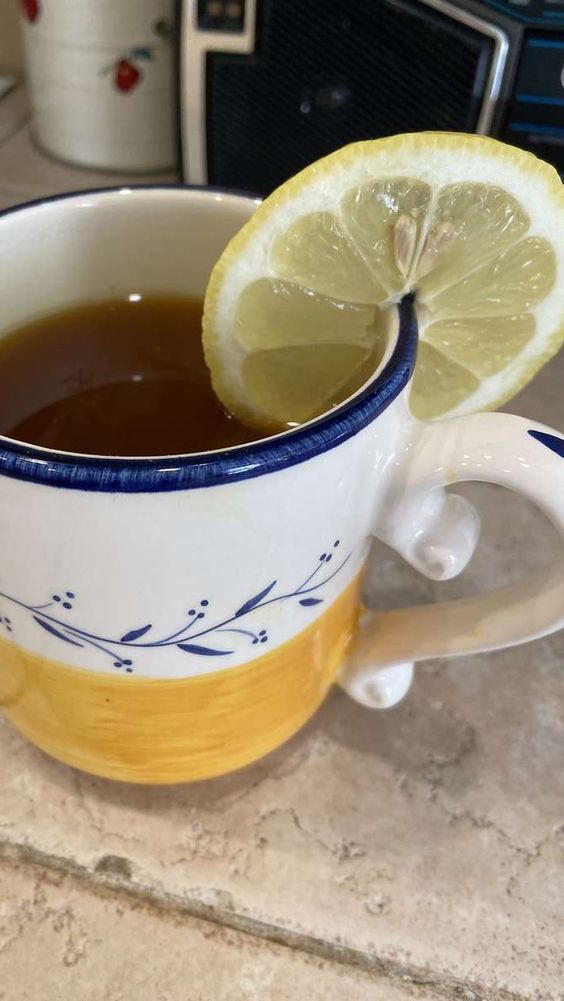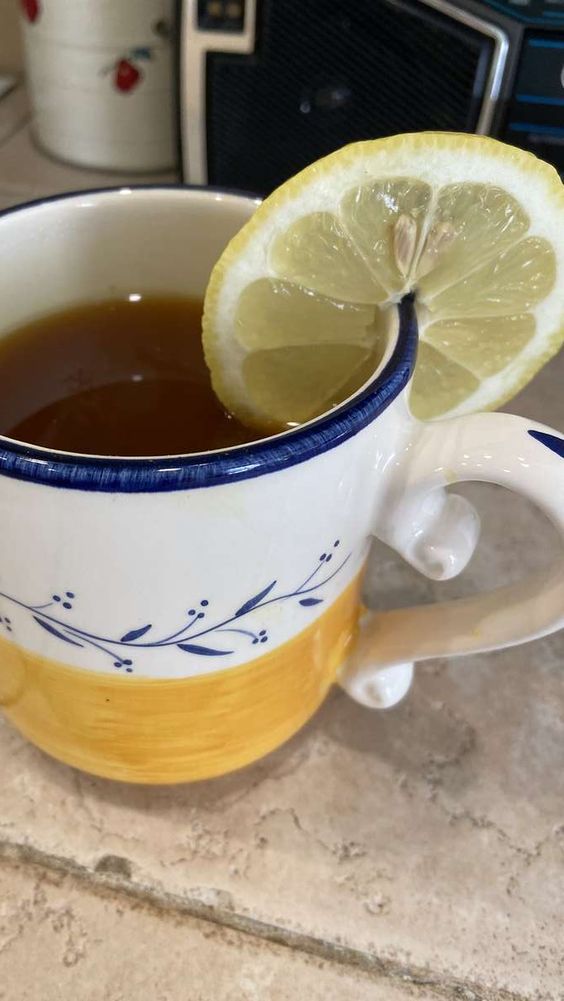
Lemon and honey tea is a popular remedy often touted for its potential health benefits, including weight loss and detoxification. While no drink can magically melt away belly fat in just a week, incorporating lemon and honey tea into a healthy diet and lifestyle might help you move towards your weight loss goals. Here’s why this tea can be beneficial and how you can incorporate it into a healthy weight loss regimen.
Benefits of Lemon and Honey Tea
-
Boosts Metabolism: Lemon is high in vitamin C and antioxidants, which can help boost your metabolic rate. A higher metabolism helps the body burn fat more efficiently, which is essential for weight loss.
-
Aids Digestion: Lemon helps promote healthy digestion by loosening toxins in your digestive tract. Honey is a natural antibacterial and can soothe the stomach and reduce digestive issues.
-
Detoxifies the Body: Both lemon and honey have detoxifying properties. Regular consumption can help flush out toxins from the body, which might aid in fat loss.
-
Reduces Water Retention: Lemon has diuretic properties, which can help reduce water retention and bloating.
How to Make Lemon and Honey Tea
Ingredients:
-
1 cup of hot water
-
Juice of ½ a lemon
-
1 tablespoon of raw honey
Instructions:
-
Prepare the Water: Boil water and allow it to cool slightly before adding it to the cup. This ensures that the heat does not destroy the natural enzymes in the honey and lemon.
-
Add Lemon and Honey: Squeeze the juice of half a lemon into the cup of warm water. Add a tablespoon of raw honey to the mix.
-
Stir Well: Mix the ingredients thoroughly until the honey dissolves.
-
Drink on an Empty Stomach: For best results, drink lemon and honey tea in the morning on an empty stomach to kickstart your metabolism and digestion for the day.
Considerations for Weight Loss
-
Realistic Expectations: It’s important to have realistic expectations about weight loss. Rapid weight loss in a short period is often not sustainable and can even be unhealthy. Gradual changes in diet and lifestyle are generally more effective for long-term weight management.
-
Healthy Diet and Exercise: Lemon and honey tea can be a part of a weight loss plan, but it should be complemented with a balanced diet and regular physical activity. Focus on a nutrient-rich diet and incorporate both cardiovascular and strength training exercises into your routine.
-
Stay Hydrated: Drinking adequate amounts of water is essential for metabolism and helps with weight loss. Ensure you stay well-hydrated throughout the day.
Conclusion
While lemon and honey tea alone won’t eliminate belly fat overnight, it can be a beneficial addition to a comprehensive weight loss plan. Alongside a healthy diet and regular exercise, it can help you achieve and maintain a flat stomach over time. Always remember that consistency is key in any weight loss journey.




